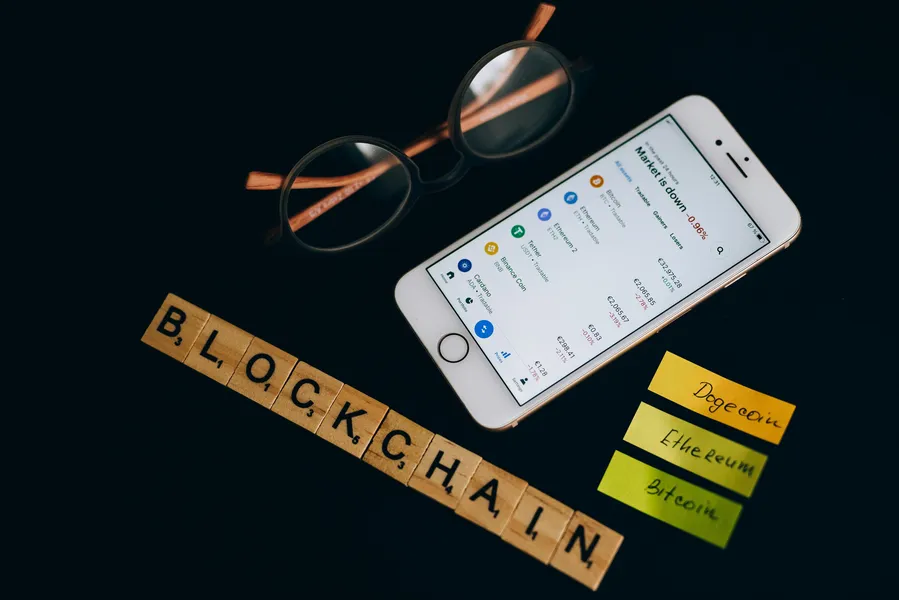What is a cryptocurrency token and how does it work? — tokens, cryptocurrency, blockchain

Title: Navigating Crypto’s Treacherous Waters: Unpacking Tokenomics Without Sugarcoating
Introduction: Welcome to My Nightmare, AKA the World of Cryptocurrency Tokens!
Cryptocurrency tokens, huh? You think you know what they are, but do you really? Like peeling an onion (or rather, trying to understand blockchain technology), it’s not just about the layers – it’s about the stinging tears and occasional regrets. So sit tight as we dive into this murky world of digital assets that aren’t always as shiny and valuable as they appear.
Section 1: The Token Basics: What in Satoshi’s Name Are They?
A cryptocurrency token, my dear friends, is essentially a unit or piece of code that operates on a blockchain. It’s like playing Monopoly but instead of paper money, you use digital tokens to buy properties and assets – except here, these tokens are created through smart contracts (more on those in a moment).
Section 2: Smart Contracts: The Devil Is in the Details…Or Is It?
Smart contracts might sound intelligent, but trust me, they’re about as smart as your average vending machine. They’re simple programs that live on the blockchain and automatically execute when certain conditions are met. They can handle things like token creation, transfers, and even complex trading systems. But hey, we all know what happens when you mess with vending machines: sometimes, you get a free snack; other times, you’re stuck with a bag of stale Cheetos.
Section 3: The Tokenomics: How These Digital Babies Work
Tokenomics, or the economics around cryptocurrency tokens, is like trying to balance a precarious Jenga tower – one wrong move and it all comes crashing down. Here’s what you need to know:
- Total Supply: Just like gold mines have limited deposits, tokens have a predetermined total supply. Once they reach that number, no more can be created. Sounds simple enough, right?
- Circulating Supply: This is the number of tokens currently available in the market. Think of it as the coins you carry around in your wallet vs. those stored safely at home.
- Market Capitalization: This is where things start to get really fun (if by ‘fun,’ you mean ‘terrifying’). It’s simply the total value of all tokens in circulation multiplied by their<|im_start|> price. In other words, if your token is worth $1 and there are a billion of them out there, congratulations – you now have a market cap of $1 billion!
Section 4: Token Scams, Hacks, & Key Leaks: When Things Go Wrong
Let’s take a stroll through Crypto Scamville. Here are some gems I’ve witnessed over the years:
- NFT Scams: Remember Beanie Babies? Imagine if someone created fake ones and sold them as originals for crazy prices, only to disappear with your money when you realized they were fakes. That’s what happens in NFT land.
- Key Leaks & Hacks: When it comes to securing your tokens, a single key can open many doors (or wallets). Unfortunately, hackers love nothing more than finding those keys and using them to break into your digital vault.
- Token Rug Pulls: Imagine buying a promising new cryptocurrency token only for its creators to suddenly vanish with your investment. Yep, it happens all the time.
Conclusion: Embrace Your Inner Crypto Skepticism – It Could Save You
The crypto world can be as unpredictable and dangerous as a pirate ship on the high seas. But if you arm yourself with knowledge, you might just make it through the storm alive. So remember: understand smart contracts, keep an eye on tokenomics, and for goodness’ sake, don’t trust anyone promising ‘get rich quick’ schemes.
And always wear your eyepatch…because sometimes, cryptocurrency feels like a pirate’s life anyway.









